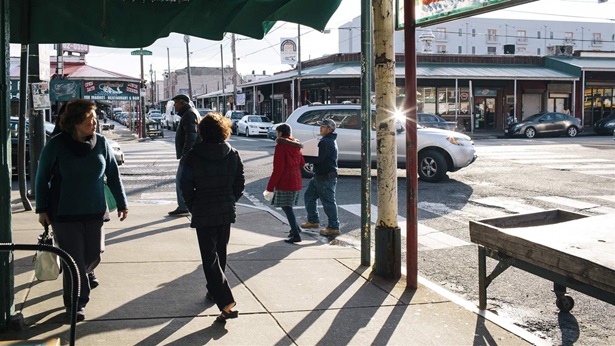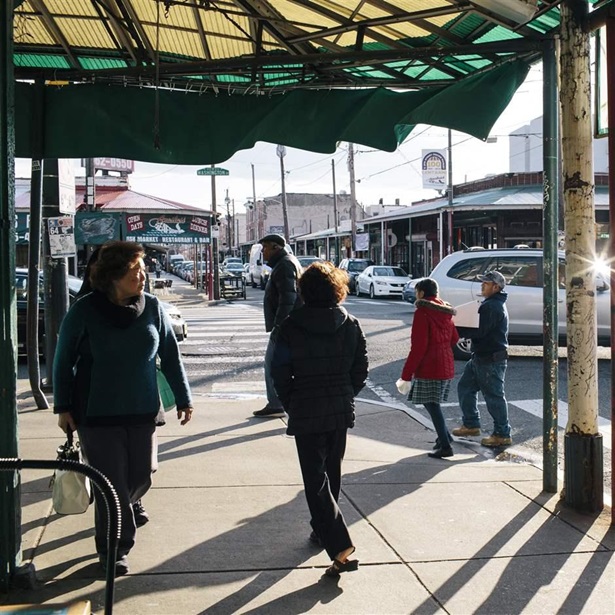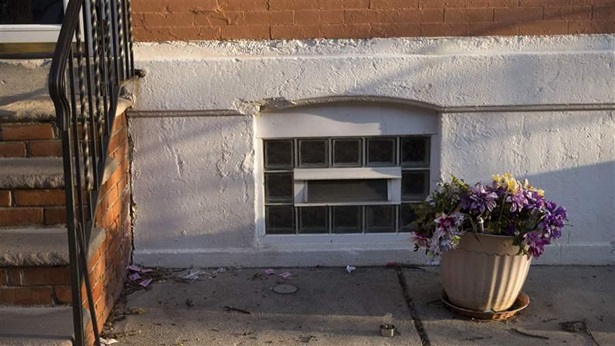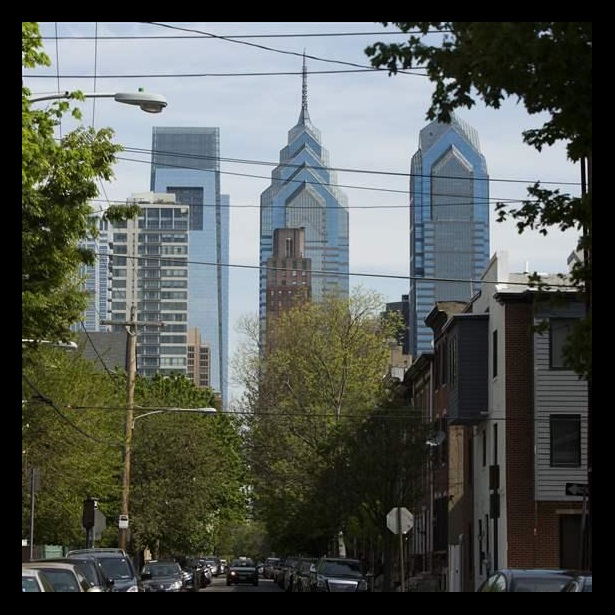Philadelphia has often been described as a tale of two cities: On one hand, its population has been rising steadily for more than a decade, fueled by an influx of Millennials and immigrants, while on the other hand, its poverty rate has remained stubbornly high. Pew researches how these and other important demographic trends affect the city’s neighborhoods, residents, and businesses, as well as government services. Our work in this area has examined the major demographic groups driving the city’s population growth, gentrification and other types of neighborhood change, the decline of the middle class, and issues related to persistently high poverty, including who makes up Philadelphia’s poor population, where they live, and how their financial well-being affects everything from their health and housing to education and employment.







